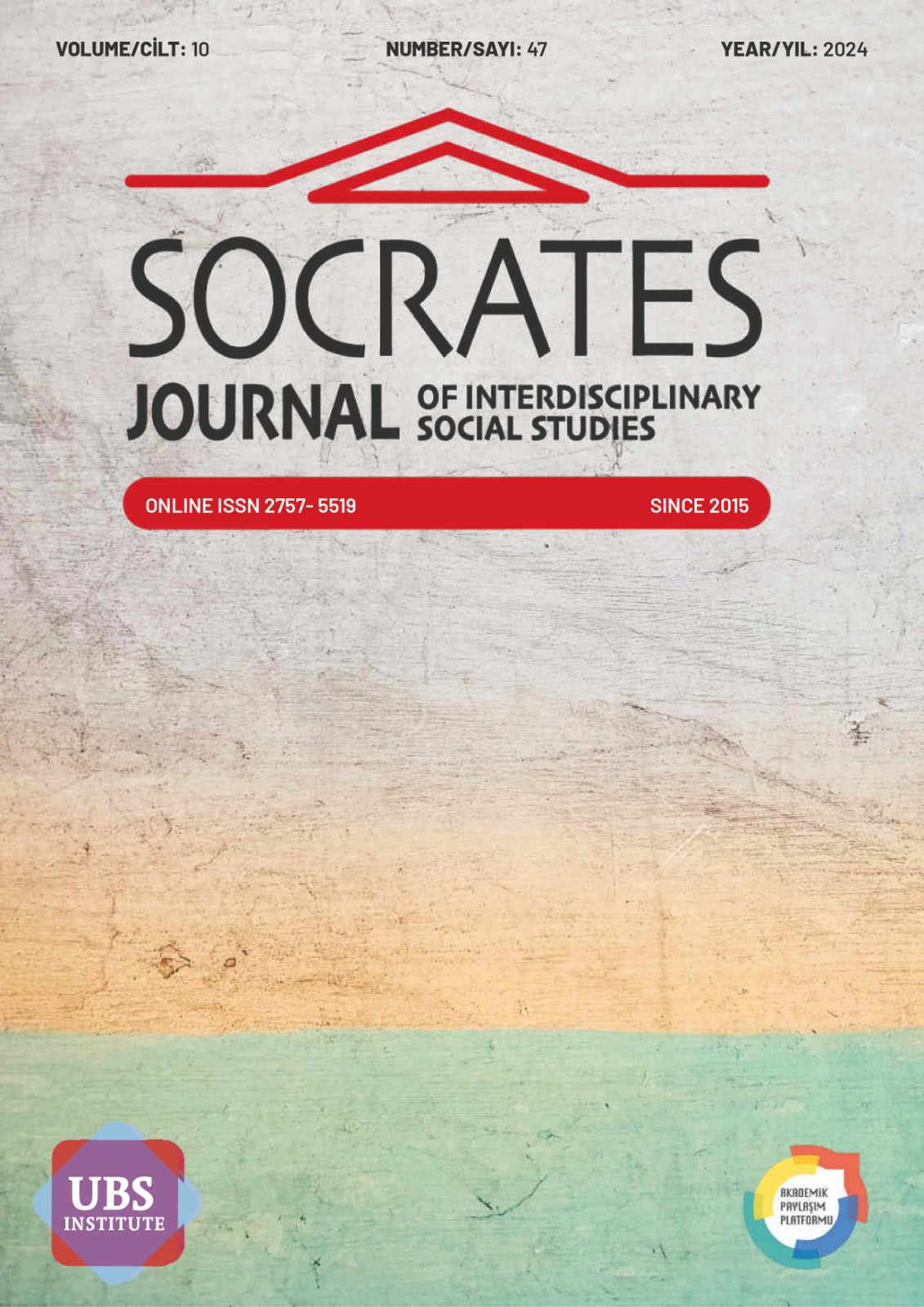THE PLACE AND IMPORTANCE OF WOMEN İN THE WORKFORCE
KADINLARIN ÇALIŞMA HAYATINDAKİ YERİ VE ÖNEMİ
DOI:
https://doi.org/10.5281/zenodo.14169316Keywords:
Kadınların İş Hayatındaki Yeri, Toplumsal Cinsiyet Eşitsizliği, Kadın Liderliği, Ekonomik Kalkınma, Kadın Girişimcilik, Kadınların İş Gücüne Katılımı, Toplumsal Değişim, Cinsiyet Temelli AyrımcılıkAbstract
The place and importance of women in the workforce play a critical role in societal development and economic growth. However, women’s participation in the labor force is faced with numerous challenges due to gender inequality and cultural barriers. This article explores the main obstacles women face in the workforce in detail. Women often encounter discrimination in the workplace, receive lower wages, face barriers in career progression, and struggle to reach leadership positions. According to the World Economic Forum (2022) report, women are less represented than men, especially in management positions. This situation leads to what is known as the “glass ceiling syndrome,” which restricts women’s success in the workplace (McKinsey & Company, 2021). The glass ceiling syndrome refers to societal, cultural, and economic barriers that prevent women from surpassing certain career milestones.
One of the biggest issues women face in the workforce is the imbalance between work and personal life. Family responsibilities, especially childcare, are among the major factors that hinder women’s participation in the labor force. According to the Turkish Statistical Institute (TUIK, 2022), the labor force participation rate of women is still behind that of men, and women generally earn lower wages. Moreover, sexual harassment and psychological pressure in the workplace are additional challenges that women face. In Turkey, 50% of women experience sexual harassment in the workplace (KAGIDER, 2021). This situation negatively affects women’s professional lives and deepens gender inequality.
Lower wages are another significant barrier for women working at lower salaries than men. According to TUIK (2022) data, the average salary of women in Turkey is approximately 30-40% lower than that of men. This inequality makes it difficult for women to gain economic independence and reinforces gender inequality. The McKinsey & Company (2021) report highlights that women receive lower wages than men despite performing the same job.
Overcoming these obstacles in women’s professional lives will not only provide women with stronger economic independence but also increase the overall welfare of society by promoting gender equality. Encouraging women’s participation in the labor force, ensuring more women in leadership positions, and raising awareness about gender equality will bring significant benefits to the economy and society. According to the KAGIDER (2021) report, increasing female entrepreneurship rates will lead to important advancements in economic growth and societal welfare. In this context, strengthening the position of women in the workforce is crucial not only for economic growth but also for societal development.
Eliminating gender inequalities in the workforce will allow women to become more economically and socially empowered and will establish the foundation for gender equality. In the future, a more just and equal workforce with more women participating will improve the welfare of societies and contribute to the creation of a more balanced economic structure.
References
Kara, M. (2017). Cumhuriyet Döneminde Kadın Hakları ve Kadınların Çalışma Hayatına Katılımı. İstanbul Üniversitesi Yayınları.
McKinsey & Company. (2021). Women in the Workplace 2021: The State of Women in Corporate America.
Türkiye İstatistik Kurumu (TÜİK). (2020). İşgücü İstatistikleri 2020 Yılı Raporu.
Çalışma ve Sosyal Güvenlik Bakanlığı. (2020). Kadınların İş Gücüne Katılımı ve İstihdamı Üzerine Politika Raporu.
Ünsal, A. (2019). Kadınların İş Gücüne Katılımı ve Küreselleşme: Türkiye’deki Gelişmeler. Sosyal Bilimler Dergisi, 7(1), 42-60.
Yavuzer, H. (2014). Osmanlı’da Kadın ve Çalışma Hayatı. İstanbul: İletişim Yayınları.
Türkiye İstatistik Kurumu (TÜİK). (2022). İşgücü İstatistikleri 2022 Yılı Raporu.
Kadın Statüsü Genel Müdürlüğü (KSGM). (2022). Kadınların Çalışma Hayatındaki Yeri: 2022 Raporu.
Catalyst. (2021). Why Diversity Matters.
Deloitte. (2020). Women in the Boardroom: A Global Perspective.
Sen, G. (2017). Women’s Empowerment and Economic Development.
Türkiye İstatistik Kurumu (TÜİK). (2022). Kadınların İş Gücüne Katılımı 2022 Yılı Raporu.
UN Women. (2021). Progress of the World’s Women: Voices of Women and Girls in the Pandemic.
Çalışma ve Sosyal Güvenlik Bakanlığı. (2021). Kadın İşgücü Raporu 2021.
TÜBİTAK. (2021). Türkiye’de Kadınların Bilimsel Çalışmalara Katılımı.
World Economic Forum. (2022). Global Gender Gap Report 2022.
Downloads
Published
How to Cite
Issue
Section
License
Copyright (c) 2024 Socrates Journal of Interdisciplinary Social Studies

This work is licensed under a Creative Commons Attribution 4.0 International License.


